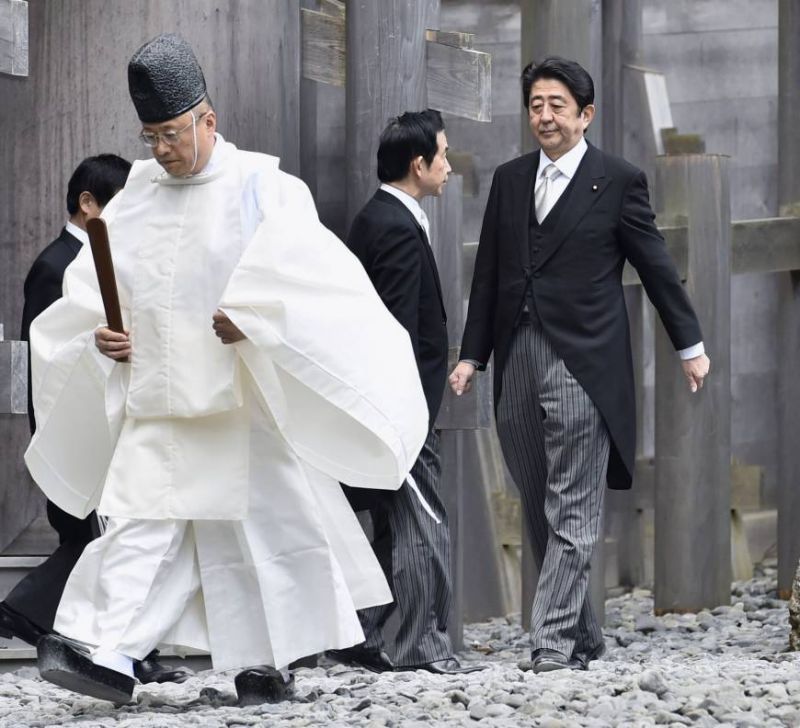Jolyon B. Thomas in a review of Shinto books for H-Japan notes the amazing upturn in scholarly and popular interest in Shinto during recent decades. I remember when I first came to Japan, there was one solitary book available in the bookshops – Shinto: The Kami Way by Sokyo Ono, first published in 1962. Now there are numerous books on all aspects of the religion, together with a wealth of material on the internet.

If in a previous generation it was an interest in Zen that brought students to classes on Japanese religions, today that topic is often Shinto. Two major sources of information put Shinto in the minds of our students. On the one hand, Japanese popular culture products pique student curiosity about shrines, kami, and associated myths and rituals. The 2016 anime smash hit Your Name (Kimi no na wa.), for example, features a female protagonist who works as a shrine maiden (miko) in a rural shrine, and several recent televised anime series, such as Red Data Girl and Noragami, feature shrines and kami. Entertainment websites report on tidbits related to shrines and popular media, including a job advertisement for a shrine maiden who will perform memorial services for used plastic figurines in geek Mecca Akihabara, a feature on shrine maiden bikinis, and the promotion of a January 2016 visit of Star Wars: The Force Awakens voice actors and droid star BB-8 to Akagi Shrine in Tokyo to celebrate the box office success of that film. Online fan communities discuss how particular anime series might be related to Shinto, with all of the inaccurate claims and stereotyped depictions one might expect.
On the other hand, Shinto is very much in the news. Regional and domestic debates over the controversial Yasukuni Shrine, proposed changes in protocol regarding imperial succession, and the prospect of constitutional revision have ensured that Shinto has stayed in popular consciousness, especially in East Asia but also farther afield. Prime Minister Abe Shinzō hosted the May 2016 G7 summit at Ise-Shima and had world leaders participate in a tree-planting ceremony near the Ise Shrines. Reportage on the scandals swirling around Abe’s administration (particularly the controversial land deal to Osaka-based education company Moritomo Gakuen) and on the political lobbies supporting his initiatives has often made obligatory reference to Shinto, describing it as “a polytheistic and animist religion native to Japan.”
*********
See Michael Hoffman’s article for the Japan Times: ‘Is Abe attempting to fuse the church and state?‘

Prime minister Shinzo Abe visits Ise Jingu on Jan 4 last year. Photo by Kyodo.

Leave a Reply